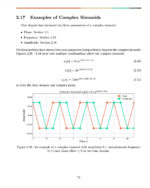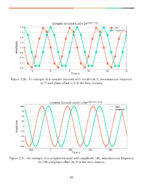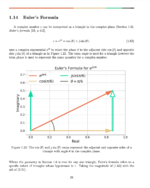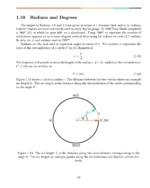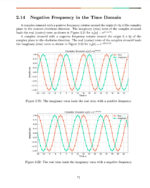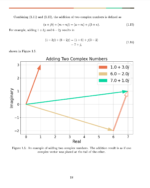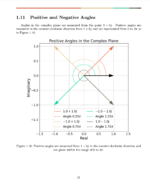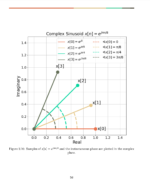The Fourier transform ![]() is linear such that
is linear such that
(1) ![]()
The Fourier transform of ![]() is
is
(2) ![]()
As the integral is a linear operator the Fourier transform of the summation can be written as the summation of two Fourier transforms,
(3) ![]()
therefore
(4) ![]()
If you liked this post please check out the List of Important Math for DSP!
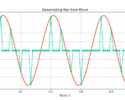
![Figure 1: The two sequences for the autocorrelation of x0[n] and x0[n].](https://www.wavewalkerdsp.com/wp-content/uploads/wordpress-popular-posts/5515-featured-125x100.png)


